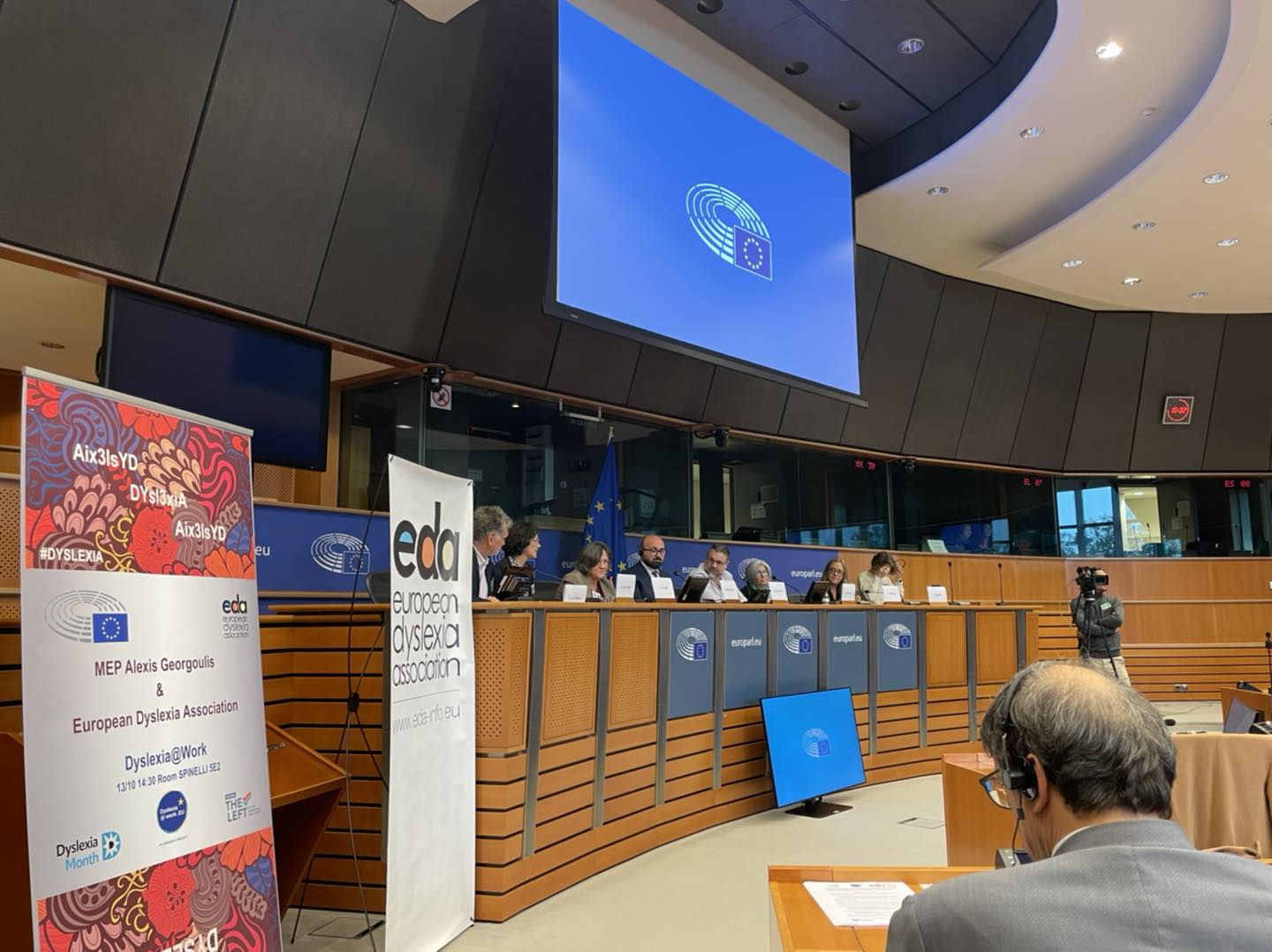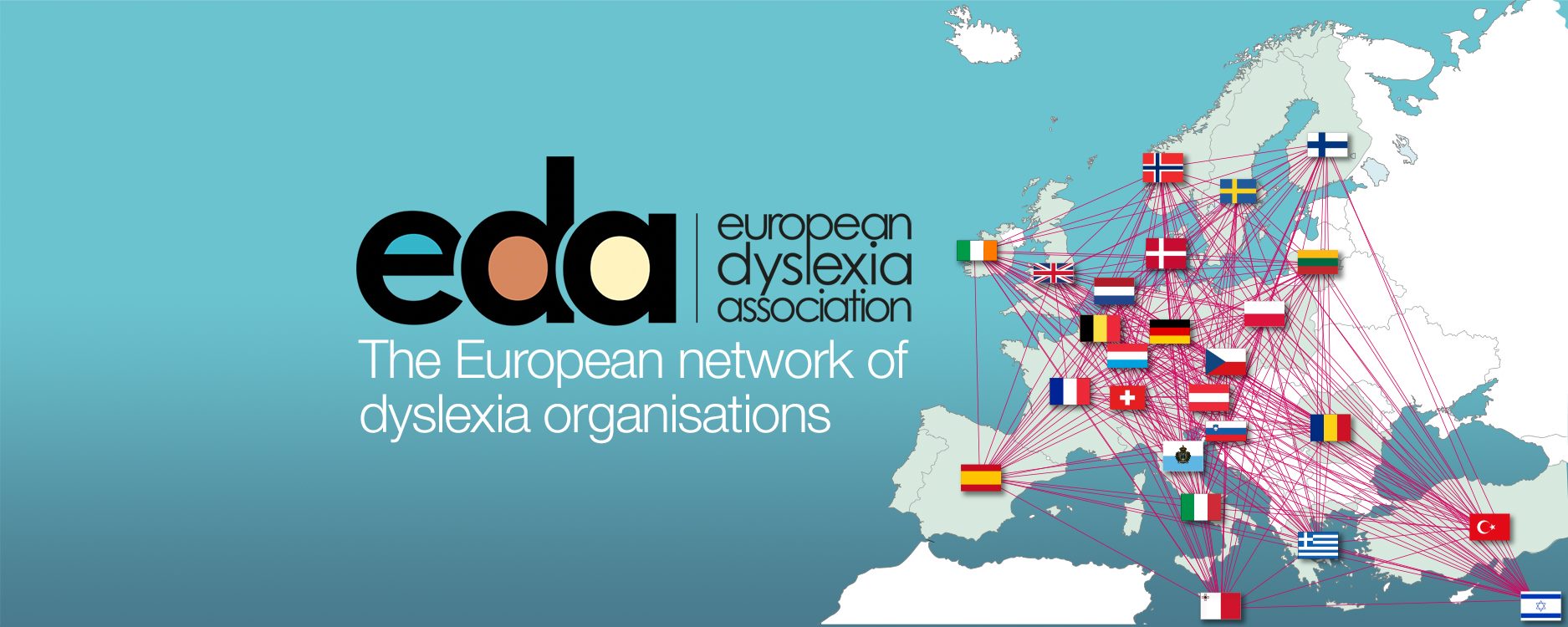
October is Dyslexia Awareness Month. Many wrongly consider it a disability. However, it is not. It is merely a learning impairment which creates difficulty with tasks such as reading, writing, and spelling. It does not affect intelligence. Yet, it is exactly this type of misunderstanding that leads to stigmatization of the problem.
That is the purpose of Dyslexia Awareness Month, which is an annual event. Its aim is to increase support and understanding for those who suffer from this type of learning impairment.
Interestingly enough, it seems that learning Ancient Greek can help children with dyslexia. Education of those who have the ailment as well as the ones who do not is therefore the key to greater awareness and understanding.
Dyslexia Awareness Month: its historical definition
The term dyslexia was coined by the German physician Adolph Kussmaulter. At that time, he defined the word as ‘wortblindheit,’ or ‘word blind’ in English, in an effort to describe an otherwise intelligent and studious individual’s inability to read fluently.
It was first used as a clinical diagnosis by Rudolf Berlin, an ophthalmologist from Stuttgart, and was part of his case notes on one of his patients. In 1886, for example, Dr. Pringle Morgan of Sussex attempted to describe the learning impairment as exhibited by one of his patients.
“Percy F.—a well-grown lad, aged 14—is the eldest son of intelligent parents, the second child of a family of seven. He has always been a bright and intelligent boy, quick at games, and in no way inferior to others of his age. His great difficulty has been—and is now—his inability to learn to read.”
In essence, the word derives from the Greek ‘dys’ meaning, ‘poor’ or ‘inadequate,’ and ‘lexis,’ meaning ‘words’ or ‘language.’ It was not until the 1880s, however, that British physicians tried to figure out how it could be supported as well as identified.
A deeper understanding of the ailment was eventually established throughout the 1800s and 1900s, and, worldwide, branches of The International Dyslexia Association were also founded. Nevertheless, it was only in 2002 that the first National Dyslexia Month was announced in the U.K. although it soon caught on worldwide.
The International and European Dyslexia Association

June Orton established the first International Dyslexia Organisation in America between 1948 and 1949. At that time, it was called the Orton Society. Forty years later, The European Dyslexia Association was created by Marcel Seynave.
Like Orton, his goal was to generate understanding and agreement on the meaning of dyslexia between all European member states. Such an action would then enable individual countries and the EDA to better aid those suffering from the impairment through speaking about it with one voice.
The EDA is a non-profit, non-governmental independent body that serves as the umbrella organization for dyslexia groups in Europe. In 1987, it was legally founded in Brussels under Belgium legislation. Today, there are twenty-seven effective national and regional members in twenty-one union states. Israel, the UK, Switzerland, and Norway are also part of the organization.
The goal of the EDA is to is to get the public, political bodies, unions, policy makers, and pressure groups to support dyslexia and those living with the ailment in a positive way. Such an effort is, of course, as important in the workplace as it is in education.
Inclusion at work: The Dyslexia@Work Project
The Dyslexia@Work is a project that focuses on inclusion of dyslexia at work in order to contribute to a stronger economy. Their specific target is the implementation of measures that will improve the professional skills and development of individuals who have dyslexia and are in charge of companies. Measures also aim to increase access to employment for dyslexics in the workplace.
On October 13th, Alex Georgoulis, Member of the European Parliament and the EDA, held a multiplier event in Brussels to discuss the Erasmus and KA2 project. The Assocuazione Italian Dislessia (AID) led the project. The EDA is also a partner.
There were three phases to the discussion of the Dyslexia@Work project. The first addressed legislation, polices, and practices concerning dyslexia. The second unveiled research with employers and recruiters on dyslexia in the workplace. The third provided a manual of good practice guidelines for companies. The October 13th multiplier event was the third and final one as well.
Today, there are new tools to aid with early detection of dyslexia, which is extremely important to improved learning. Students at the University of Thessaloniki created one. Referred to as 3asyR (Easy Reader), it helped children with dyslexia to read online texts more easily.
Of course, greater understanding and assistance are critical to addressing the issue of dyslexia. Both the International Dyslexia Association and European Dyslexia Association coupled with projects such as Dyslexia@Work are, nevertheless, making it much easier by challenging existing prejudices and, in doing so, helping empower people with dyslexia.
See all the latest news from Greece and the world at Greekreporter.com. Contact our newsroom to report an update or send your story, photos and videos. Follow GR on Google News and subscribe here to our daily email!



